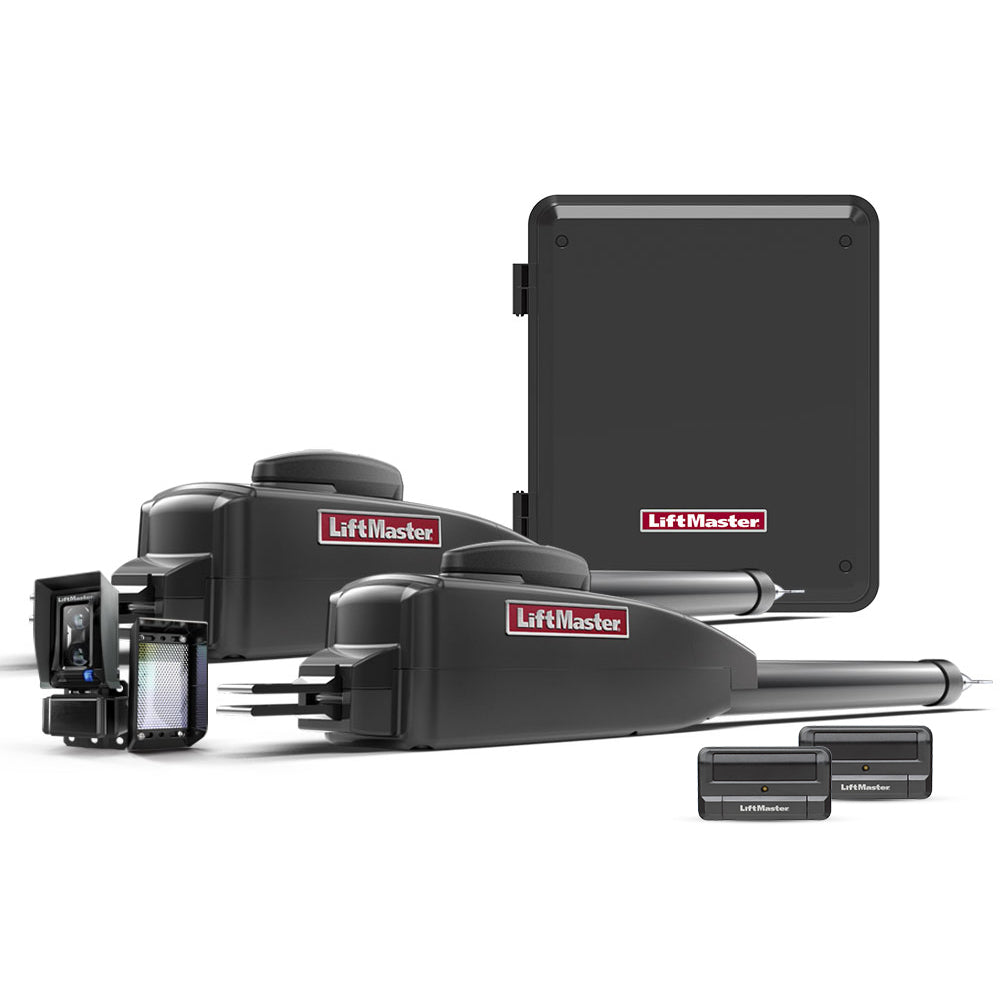What is CE?
The CE mark, or formerly EC mark, is a mandatory conformity marking for certain products sold within the European Economic Area (EEA) since 1985.<1> The CE marking is also found on products sold outside the EEA that are manufactured in, or designed to be sold in, the EEA. This makes the CE marking recognizable worldwide even to people who are not familiar with the European Economic Area. It is in that sense similar to the FCC Declaration of Conformity used on certain electronic devices sold in the United States. The CE marking is the manufacturer's declaration that the product meets the requirements of the applicable EC directives Countries requiring the CE marking: CE marking is mandatory for certain product groups within the European Economic Area (EEA; the 28 member states of the EU plus EFTA countries Iceland, Norway and Liechtenstein) plus Switzerland and Turkey. The manufacturer of products made within the EEA and the importer of goods made in other countries must ensure that CE-marked goods conform to standards. As of 2013 CE marking was not required by countries of the Central European Free Trade Agreement (CEFTA), but members Republic of Macedonia, Serbia, and Montenegro had applied for membership of the European Union, and were adopting many of its standards within their legislation (as did most Central European former member countries of CEFTA that joined the EU, before joining)











